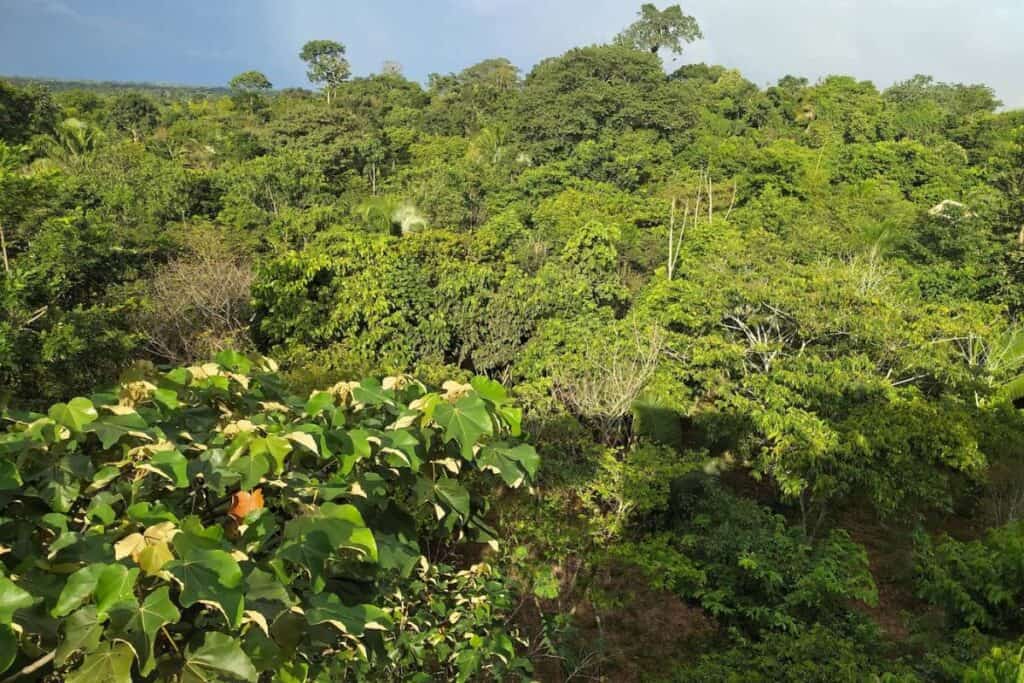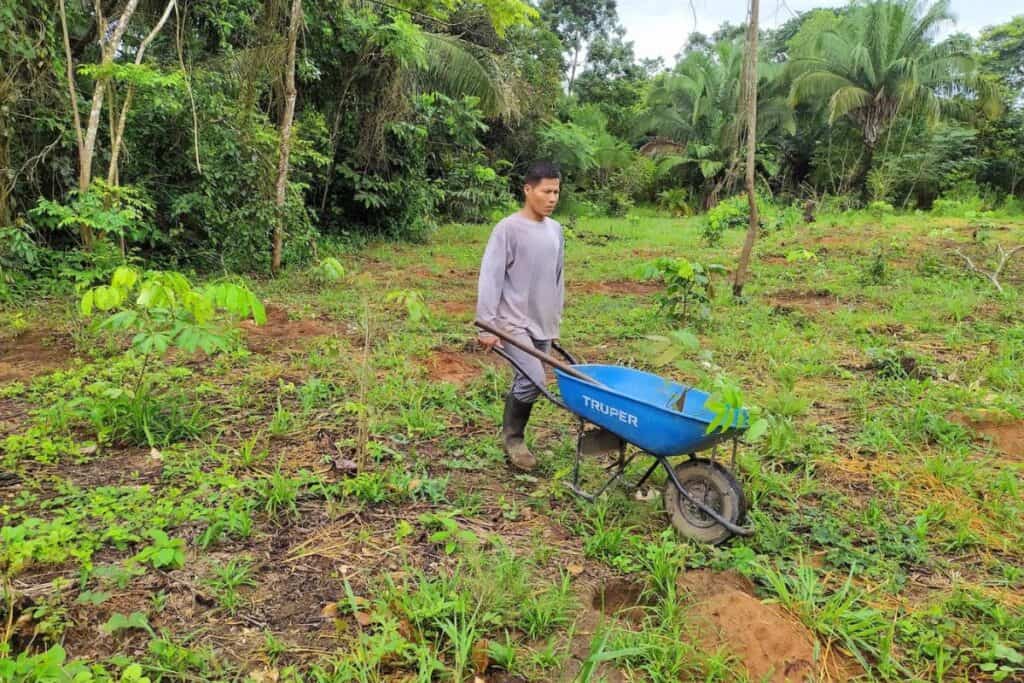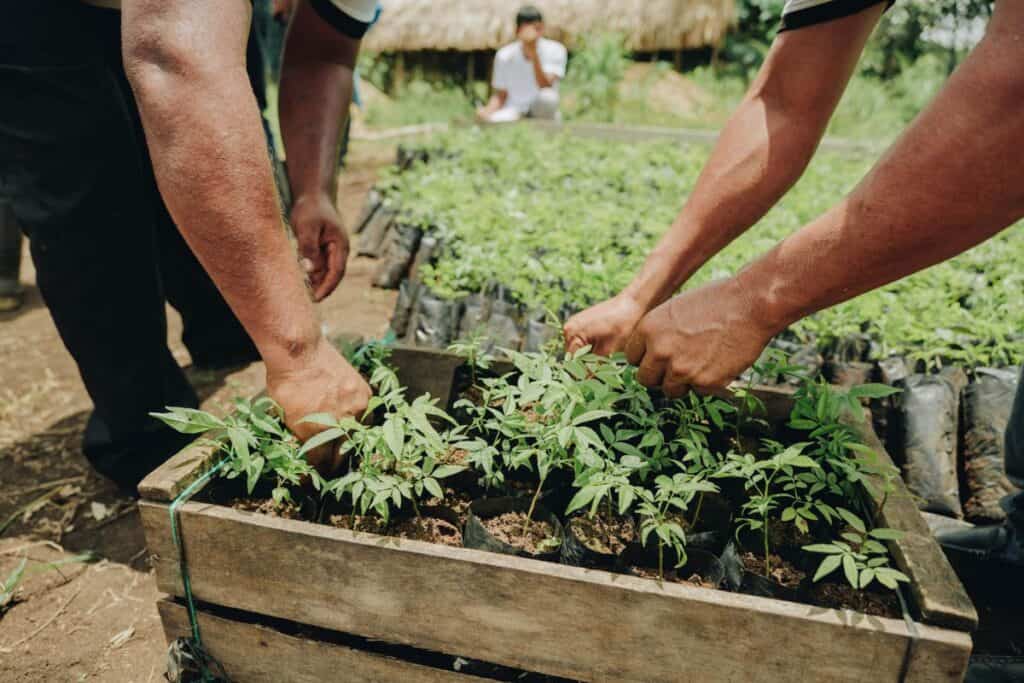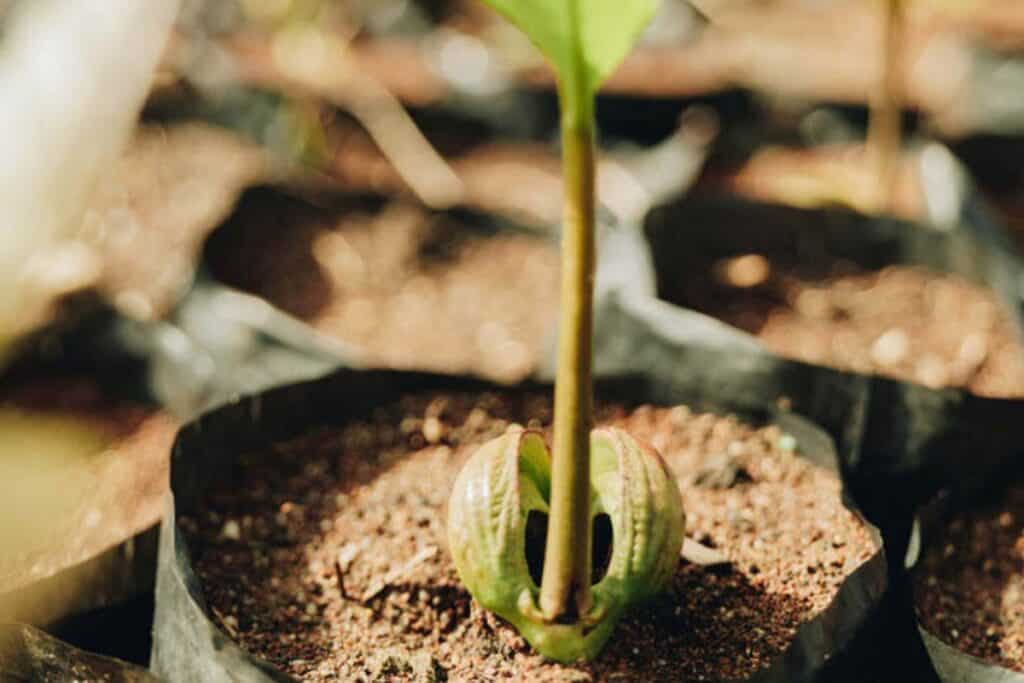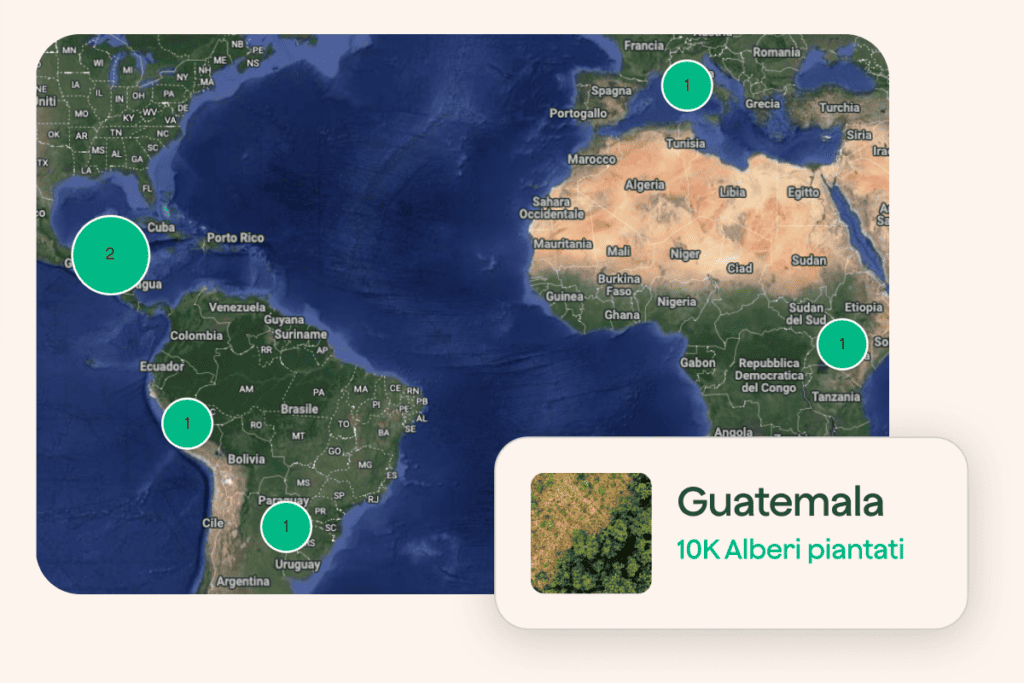LABO FOREST is located in the Amazon forest, the world’s largest rainforest and the so-called ‘green lung’ of our Planet, home to more biodiversity than any other tropical forest. The Amazon is the main habitat of millions of animal and plant species, as well as thousands of indigenous communities.
In 2017, it was reported that more than 20% of the entire Amazonian forest area had been cleared. In recent years, the trend, mainly due to pressure from livestock farming and agricultural activities, unfortunately does not seem to have improved.
Hence the objective of reforesting the Amazon to safeguard its extraordinary wealth in terms of biodiversity and to support the livelihood of indigenous communities. The LABO FOREST project aims to restore the landscapes of the Peruvian Amazon by strengthening local people’s autonomy: unmediated collaboration with farmers and indigenous communities helps regenerate the forests and improve the resources and livelihoods available to the population.
The trees were planted in the area of the Tambopata National Reserve, one of the most important and vulnerable protected areas in the Madre de Dios region. The reserve, which is located very close to the recently completed Interoceanic Highway and the regional capital of Puerto Maldonado, is home to numerous indigenous communities.
The project focuses on the ‘buffer’ zones of the municipal and national reserves of the Peruvian Amazon, border areas where human impact, if not embedded in organic farming and sustainable land management projects, can have disastrous effects.
The planted trees are of selected local species – some of which, unfortunately, are in danger of extinction – sown in nurseries where they germinate and grow before being transplanted. In this way, it is possible to recover, conserve and enhance biodiversity in the world’s largest forest.
*The value given is an estimate of the CO2 absorbed during the first 15 years of life of all plants. Data from permanent scientific literature.
**The number of cream bottles reported is calculated as the total CO2 absorbed divided by 0.5725 kg CO2 equivalent, which is equal to the average carbon footprint of a standard tube cream on the market in 250 ml format. Data provided by permanent scientific literature.

